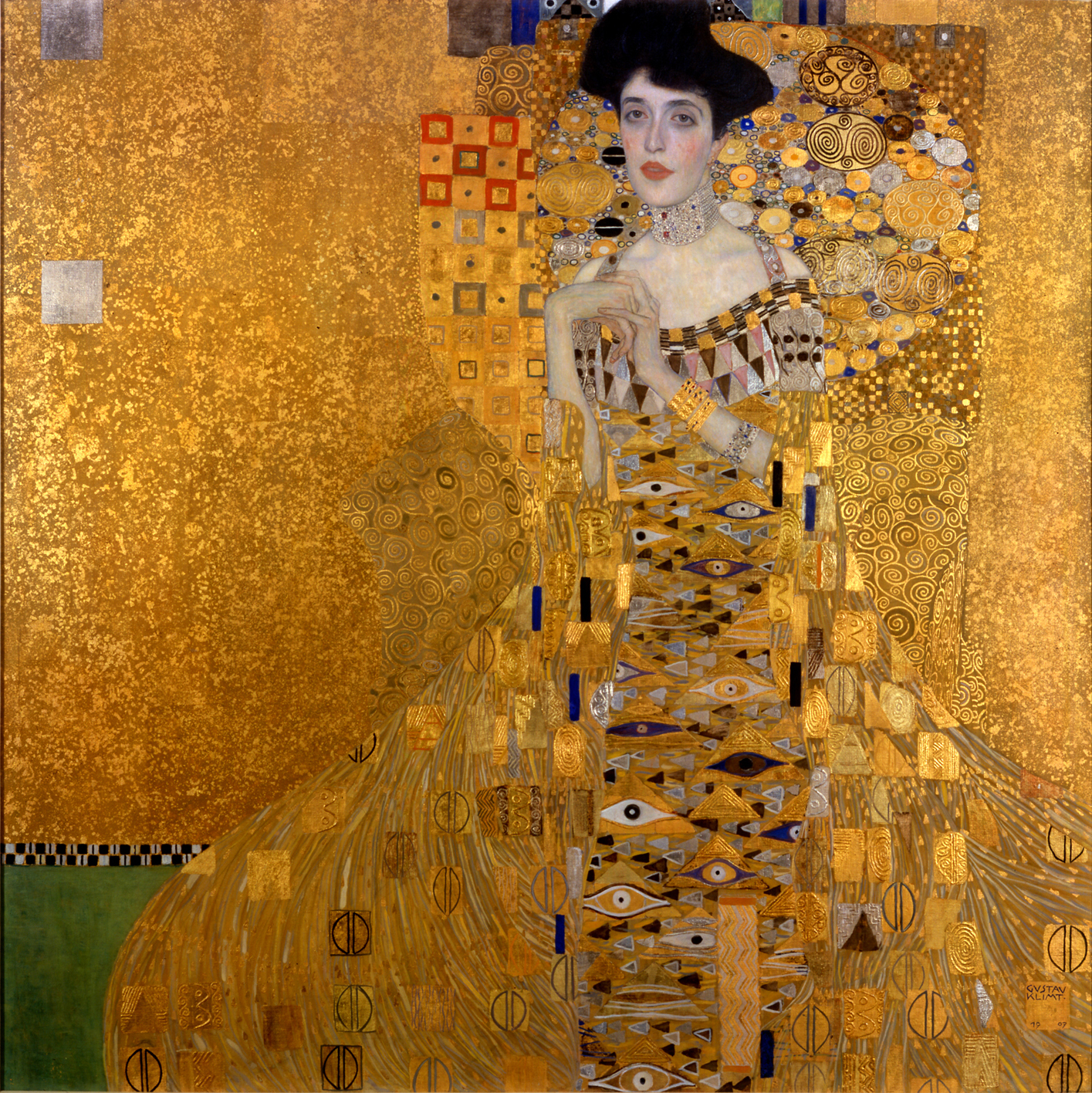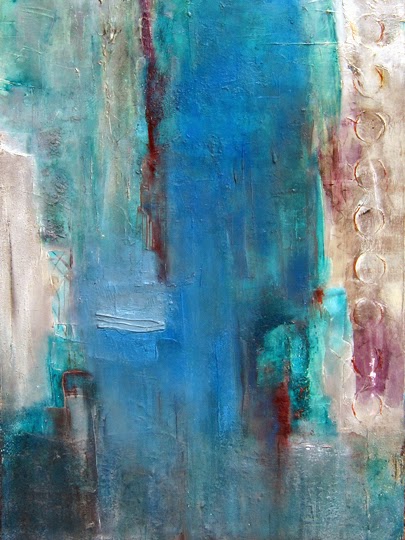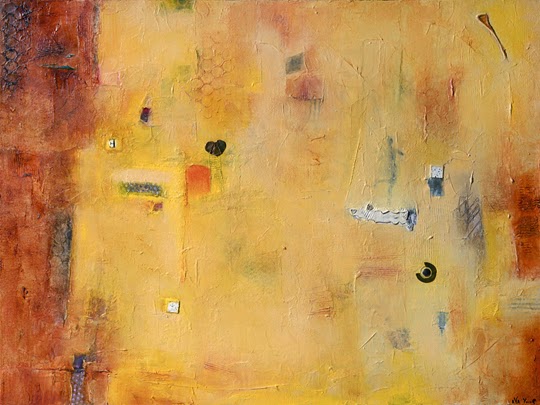By Judy Feldman | www.wildemeyer.com
Since I’m a fairly traditional artist, I paint on canvas or, sometimes, wood panel. But, I’ve discovered, after talking to other artists at the gallery, that it can be fun to paint on other surfaces.
That’s not such a new idea. Aside from really early paintings such as petroglyphs, traditional art was made on wood panels, before canvas came into use in the early 1400s. According to Wikipedia, panel painting remained more common until the 16th century in Italy and the 17th century in Northern Europe.
But, walls and wood panels are pretty ordinary surfaces. How about vintage windows; mixed media with glass and paint; sheet metal and ceramics? That’s what I saw looking at the Wilde Meyer website, so I decided to give those artists a call.
Melinda Curtin is done with canvas. She’s entranced with glass art. “Ever since I started painting on glass, I didn’t want to paint on anything else,” she said. Her favorite surface is old glass windows, which she finds at salvage yards. But, she says, “People hear about my work and bring me their old windows!”
Melinda enjoys the process of painting on smooth glass. She uses acrylic paints, often layering to get the desired effect. However, painting on glass can be challenging. Melinda says that it’s a reverse process, so she has to paint all the details first, and then the large spaces afterwards. If you look at “Casa Blanca,” you can see that the house, cacti, mountains and clouds are all outlined in black, and the big shapes are mostly flat paint. Sometimes Melinda leaves a little space between the outline and bigger shape to let a little of the transparent glass show through. She’s also designed a frame of gold leaf on the glass, which fits inside the window pane.
“El Parajo” also has its own painted border. This painting, too, has a folk art aspect to it. Melinda told me that in Europe, painting on glass was generally folk art, so she also chooses themes in this tradition.
Aside from loving the process of painting on glass, Melinda says that this support medium gives her images a very luminous effect. And, the vintage windows are a great conversation piece: just look at “The Farm.” A great way to recycle!
Josiane Childers enjoys painting on smooth surfaces, too. She’s chosen thin sheets of steel, as well as plexiglass to support her beautiful abstract paintings. She works with her husband Justin, who prepares the surfaces, grinding parts of the steel and plexiglass to create texture. He also creates the frames on which the steel pieces are attached.
When she paints on plexiglass, Josiane works on the frosted side, but presents the painting on the smooth side. She encounters the same challenges as Melinda, since she, too, is painting in reverse.
You can see the ground textures in Josiane’s dreamy landscape entitled “Captivate.” They take the paint pigment differently, and since they are darker, they appear to be behind the other images. She’s also created a beautiful reflection of the vertical tree shapes with softer strokes and tones. “I find it exciting to paint on other surfaces,” she said. “It makes my work look more diverse.”
Thin steel gives Josiane another option to present her art. The two pieces of her vertical diptych entitled “Invoke” are uniquely shaped and curved, welded to a flat frame. Again, the textures on the steel show through, offering spontaneous shapes, grabbing color in a different way than the smoother areas. Josiane paints intuitively, using bright colors, and these surfaces seem to work so well for her.
She hasn’t abandoned canvas, but when she does paint on that surface, she textures it as well, using molding paste and then, thick paint. “Materialize” is an example of her mixed media technique.
Nancy Pendleton and her sister, Sandy are both artists. Nancy is a painter and Sandy works in glass. Often, they combine their talents to create mixed media pieces on wood panel. Although that surface is traditional, their collaborative work is not. Nancy paints an abstract ground for Sandy’s glass centerpiece. “We’ve worked out a technique,” said Nancy. “I often use a centerpiece in my art, and Sandy came up with glass pieces that work well in my paintings. You can see examples of this sibling partnership in “What You See Is What It Is #2 and “Oasis.”
Kathryn Blackmun was a graphic designer and illustrator living in Los Angeles. When she moved to Santa Fe, she decided to study ceramics. Now, her whimsical images of dogs, cats, cowboys and cacti are painted on greenware plates.
Kathryn’s challenges are different from those of Melinda’s. She doesn’t paint in reverse, but since she works on gray-colored clay, she can’t see colors accurately when she creates her images with underglaze paint. “The greenware has to be fired for seven hours, and cooled for several hours before I can tell if the colors are what I wanted,” she said. “It’s definitely unpredictable!”
This labor-intensive process ends with a coat of clear glaze, and another firing and cooling. To look at a happy piece such as “Dog Trek,” you’ve never know it was so time-consuming! “Cowboy Palomino” is a good example of Kathryn’s folk art style, which is well-suited to this type of ceramics.
After I finished interviewing these artists, I went to a local thrift shop. Poking around, I found three wood frames with glass inserts. Guess what I’m going to try? But, I’m not abandoning canvas. I have too much inventory!

























































